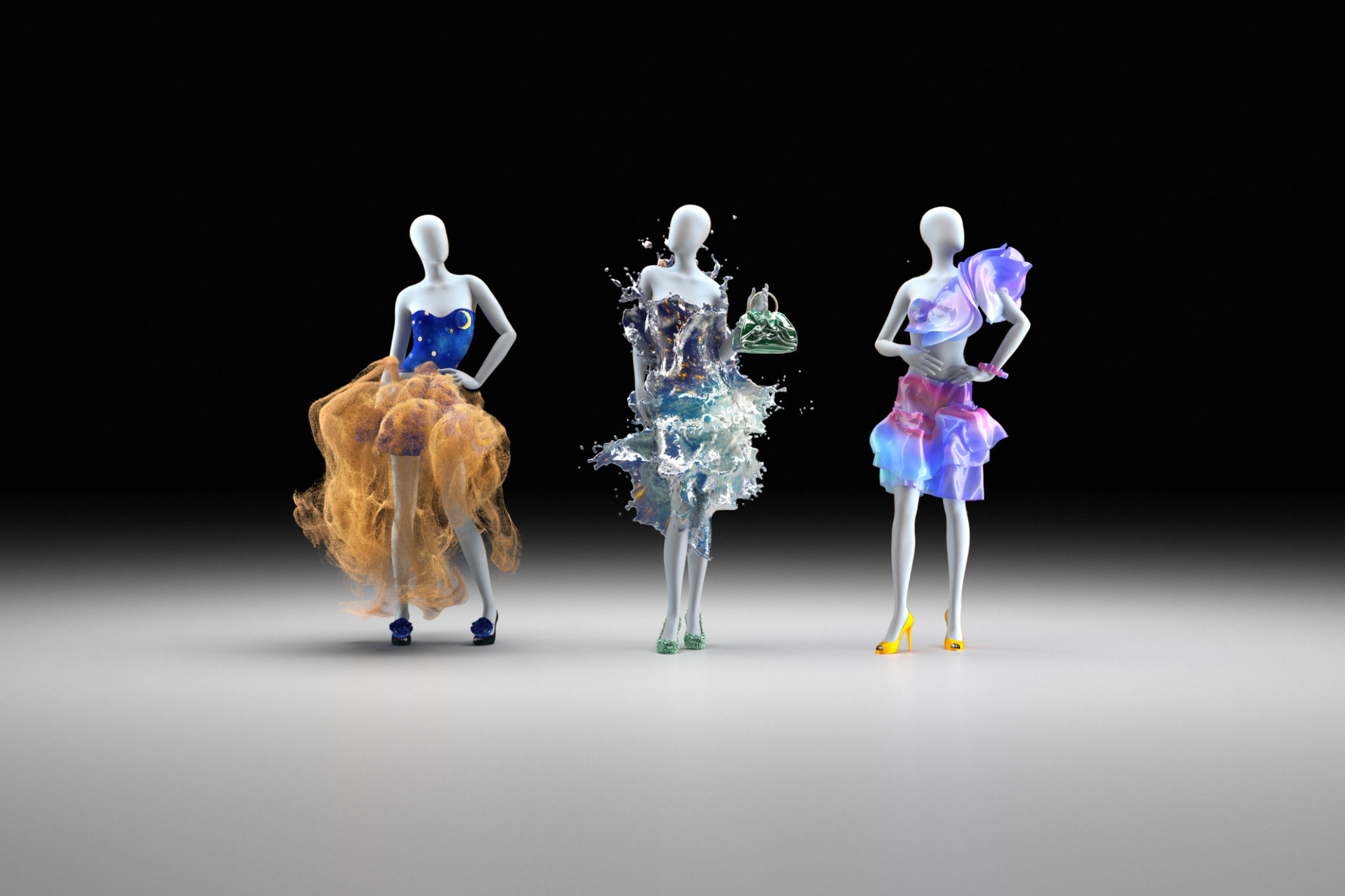Exploring Virtual Reality Design Services: Transforming Ideas into Immersive Experiences
The Rise of Virtual Reality Design Services
In recent years, virtual reality (VR) has rapidly evolved from a futuristic concept to a mainstream technology, offering new ways to visualize, interact, and experience digital content. With this evolution, virtual reality design services have become a pivotal force in transforming ideas into immersive experiences. From gaming and entertainment to education and healthcare, the applications of VR are vast and growing.
VR design services specialize in creating three-dimensional, computer-generated environments that users can explore and interact with using VR headsets. These services are crucial for businesses and creators who wish to harness the power of VR to engage their audiences in unique and memorable ways.

Key Components of Virtual Reality Design
At the heart of any successful VR experience lies meticulous design. This involves several key components:
- Storytelling: Crafting a compelling narrative that guides the user through the virtual environment.
- Interactivity: Designing elements that allow users to interact with the virtual world in meaningful ways.
- Visuals: Creating high-quality graphics that enhance the realism and immersion of the experience.
These components work together to create an engaging VR environment that captivates users and keeps them coming back for more.
The Process of Designing a VR Experience
The process of designing a VR experience typically involves several stages, each crucial for bringing an idea to life:
- Conceptualization: Developing the initial idea and defining the goals of the VR experience.
- Prototyping: Creating early versions of the VR environment to test and refine ideas.
- Development: Building the VR experience using specialized software and tools.
- Testing: Conducting user tests to identify areas for improvement and ensure a smooth user experience.

Applications of VR Design Services
Virtual reality design services are not limited to any single industry. They offer transformative possibilities across various fields:
- Education: VR can simulate historical events or scientific processes, providing students with interactive learning experiences.
- Healthcare: Medical professionals use VR for training and therapy, offering realistic simulations for practice without risk.
- Real Estate: Virtual tours allow potential buyers to explore properties remotely with a sense of presence.
The versatility of VR ensures that its applications will continue to expand as technology progresses.
The Future of Virtual Reality Design
The future of virtual reality design services looks promising, with advancements in technology continuously pushing boundaries. As hardware becomes more affordable and accessible, we can expect a surge in demand for innovative VR experiences. Designers will have opportunities to explore new creative possibilities, offering users richer, more interactive environments.

The integration of artificial intelligence and machine learning into VR is also on the horizon, promising even more personalized and adaptive experiences. As these technologies converge, they will redefine how we interact with digital content, blurring the lines between the virtual and physical worlds.
Conclusion: Embracing the Virtual Reality Revolution
The exploration of virtual reality design services is not just about technology; it's about reimagining how we perceive and interact with the world around us. By transforming abstract ideas into tangible, immersive experiences, VR design opens new avenues for creativity and engagement. As we stand on the brink of this exciting frontier, embracing the VR revolution promises a future where imagination knows no bounds.
